|
Panama City, the capital of Panama, is a vibrant and diverse metropolis offering a wide range of attractions and experiences. Here are 10 of the best things to do in Panama City:
1. Panama Canal Visit the renowned Panama Canal, one of the most famous engineering marvels in the world. You can observe the locks in action at the Miraflores Visitor Center, learn about the canal's history, and watch ships navigate this important waterway. 2. Casco Viejo Explore the historic district of Casco Viejo, a UNESCO World Heritage Site known for its charming colonial architecture, colorful buildings, and cobblestone streets. This area is also home to numerous restaurants, shops, and cultural attractions. 3. Biomuseo Visit the Biomuseo, a striking museum designed by renowned architect Frank Gehry. The museum showcases Panama's biodiversity and the isthmus' role in connecting the Americas. 4. Amador Causeway Take a leisurely stroll or bike ride along the Amador Causeway, which offers beautiful views of the Panama City skyline, the Pacific Ocean, and the Bridge of the Americas. The causeway is lined with restaurants, shops, and recreational activities. 5. Metropolitan Natural Park Escape the city and explore the Metropolitan Natural Park, a lush tropical rainforest located within the city limits. This park is ideal for hiking, birdwatching, and enjoying panoramic views of the city and the Panama Canal. 6. Panama Viejo Discover the ruins of Panama Viejo, the original site of Panama City founded in 1519. The archaeological site provides insight into the city's early history and features the remains of the cathedral and other structures. 7. Ancon Hill Hike to the top of Ancon Hill for breathtaking panoramic views of the city, the canal, and the surrounding area. It's a great spot for photography and enjoying the natural beauty of Panama City. 8. Museums Panama City is home to a variety of museums, including the Panama Canal Museum, the Museum of Contemporary Art, and the Interoceanic Canal Museum, where you can learn about the history, culture, and art of the region. 9. Gastronomy Indulge in Panama's diverse culinary scene by sampling local dishes and international cuisines at the city's many restaurants, food markets, and street vendors. Be sure to try traditional dishes like ceviche, sancocho, and arroz con pollo. 10. Nightlife Experience Panama City's vibrant nightlife by visiting its lively bars, clubs, and entertainment venues. The city offers a diverse array of nightlife options, from trendy rooftop bars to salsa clubs and casinos. These are just a few of the best things to do in Panama City, and the city has much more to offer in terms of culture, history, nature, and entertainment.
0 Comments
With its diverse coastline along the Pacific and Caribbean, Panama has emerged as a hidden gem for surf enthusiasts seeking the thrill of catching the perfect wave. In this article, we'll navigate through the surf meccas of Panama, uncovering the best surf spots that cater to every skill level and wave preference.
1. Santa Catalina – Pacific Perfection: Santa Catalina, situated along the Pacific coast, has earned its reputation as one of Panama's premier surf destinations. Renowned for its consistent and powerful waves, this laid-back fishing village offers a range of breaks suitable for both beginners and advanced surfers. La Punta and Estero Beach are favorites, providing long rides and a lively surf culture. 2. Playa Venao – Caribbean Vibes on the Pacific: Playa Venao, a crescent-shaped beach on the Pacific side, offers a tropical paradise for surfers. With warm waters and a variety of wave types, it caters to all skill levels. From the renowned left-hand point break at the southern end to the beach breaks further north, Playa Venao promises an immersive surfing experience amid a backdrop of lush greenery. 3. Bocas del Toro – Caribbean Magic: Venture to Panama's Caribbean coast, and you'll discover the enchanting Bocas del Toro archipelago, where surfers can ride the Caribbean's lively waves. Paunch and Silverbacks are popular surf spots, offering consistent waves and a vibrant atmosphere. The laid-back island lifestyle perfectly complements the thrill of riding the waves in this tropical paradise. 4. Morro Negrito – A Surfer's Secret: For those in search of a secluded surfing haven, Morro Negrito on the Pacific side might just be the answer. Accessible by boat or plane, this remote spot boasts powerful and challenging waves that attract seasoned surfers. The pristine surroundings and lack of crowds contribute to an authentic surfing experience amidst nature's raw beauty. 5. Playa Morrillo – Wild Waves and Wilderness: Nestled in the Veraguas region, Playa Morrillo offers a rugged and wild surfing experience. Known for its consistent and powerful beach breaks, this remote spot appeals to adventurous surfers seeking untamed waves amid a backdrop of untamed landscapes. Morrillo's waves can be challenging, making it ideal for those looking to test their skills in a less crowded setting. 6. Malibu – Pacific Paradise: Don't let the name fool you; Panama's Malibu is a distinct surf spot along the Pacific coast. Known for its long right-hand point break, Malibu provides surfers with rides that seem to go on forever. The consistent swell and breathtaking scenery make it a favorite for those seeking a more relaxed surfing experience surrounded by Panama's natural beauty. Panama's surf spots offer a diverse range of experiences, from the powerful waves of Santa Catalina to the tropical allure of Bocas del Toro. Whether you're a seasoned pro or a novice eager to learn, Panama's coastline beckons with the promise of unforgettable rides and the laid-back charm that defines the country's surf culture. Grab your board, feel the rhythm of the ocean, and discover why Panama is a surfer's paradise waiting to be explored. Planning a trip to Panama? Congratulations! You're in for a treat. From pristine beaches to lush rainforests and vibrant city life, Panama offers a diverse range of experiences for every traveler. To ensure you make the most of your adventure, it's essential to prepare adequately. In this article, we'll guide you through the key points to consider while preparing for your trip to Panama.
1. Research and Plan Your Itinerary: Start by researching the top attractions in Panama, such as the Panama Canal, Panama City and the historic Casco Viejo, Bocas del Toro, San Blas Islands, Embera Indigenous Community, Santa Catalina & Coiba National Park. Create a flexible itinerary that allows you to explore the diverse landscapes and experiences that Panama has to offer. 2. Travel Documents: Ensure your passport is valid for at least six months beyond your planned departure date. Check if you need a visa to enter Panama based on your nationality. 3. Pack Smart: Panama's climate is tropical, so pack lightweight, breathable clothing suitable for warm and humid weather. Don't forget essentials like sunscreen, insect repellent, a hat, and comfortable walking shoes. If you plan to explore the rainforests or hike, pack appropriate gear such as a waterproof jacket, sturdy boots, and a daypack. 4. Learn Basic Spanish Phrases: While many Panamanians speak English, especially in tourist areas, knowing some basic Spanish phrases can go a long way in enhancing your interactions with locals. Consider taking a language course or using language learning apps to familiarize yourself with common expressions. 5. Money Matters: The official currency of Panama is the Panamanian Balboa, which is pegged to the US dollar. Credit and debit cards are widely accepted, but it's advisable to carry some cash for smaller establishments or places with limited card acceptance. Inform your bank about your travel plans to avoid any card issues. 6. Stay Connected: Purchase a local SIM card or ensure your phone plan includes international roaming so you can stay connected during your trip. Having access to maps, translation apps, and communication platforms can be invaluable while exploring Panama. 7. Health and Safety Precautions: Panama is generally a safe country for travelers, but it's always wise to take certain precautions. Purchase travel insurance to cover any unforeseen medical emergencies or trip cancellations. Follow common safety practices like avoiding isolated areas. Drink bottled water and use insect repellents to prevent any health issues. 8. Connect with Locals and Embrace the Culture: Panamanians are known for their warm hospitality, so make an effort to connect with locals. Engage in conversations, try the local cuisine, and participate in cultural events or festivals. This will not only enrich your experience but also provide insights into the country's vibrant culture. 9. Transportation and Accommodation: Book your flights and accommodation in advance to secure the best deals. Consider using a mix of public transportation, taxis, and rental cars to get around Panama efficiently. 10. Embrace the Adventure: Finally, keep an open mind and embrace the adventure that Panama has to offer. Whether you're exploring the rainforest, relaxing on pristine beaches, or discovering the country's history, Panama is sure to leave you with unforgettable memories. By following these tips and preparing adequately for your trip to Panama, you'll set yourself up for an incredible travel experience in this captivating destination. Get ready to immerse yourself in Panama's beauty, culture, and adventure – an experience that will stay with you long after you've returned home. Happy travels! The Emberá people are an indigenous group in Panama and Colombia. Their history stretches back many centuries, and they are one of the seven indigenous groups officially recognized by the Panamanian government. Here is a summary of their history:
Pre-Colonial Period: Before the arrival of Europeans, the Emberá lived in what is now Colombia and the Darien region of Panama. They were a semi-nomadic people, organized into small communities and living primarily along the riverbanks. They hunted, fished, and practiced slash-and-burn agriculture. Colonial Period: The Spanish arrived in the early 16th century, and their incursion brought diseases that devastated many indigenous populations, including the Emberá. The Emberá were not subjugated to the same extent as some other groups because of their remote location in the dense forests of the Darién Gap. However, they did suffer from enslavement, forced relocation, and the impacts of missionization. Post-Colonial Period: After Panama gained independence from Colombia in 1903, the Emberá, like many indigenous groups, continued to face challenges such as the loss of their lands and cultural assimilation policies. In the 20th century, the Panamanian government created policies to integrate indigenous peoples into national society, which often conflicted with the Emberá's way of life. Late 20th Century: During this time, the Emberá began to organize for their rights, culminating in the establishment of the first comarca (a semi-autonomous indigenous region) for the Emberá-Wounaan people in 1983, known as the Emberá-Wounaan Comarca. This was an important step for the Emberá in preserving their land and culture. 21st Century: In the modern era, the Emberá have continued to face challenges such as deforestation, mining, and the illegal drug trade, all of which threaten their traditional way of life. Despite these challenges, they have worked to maintain their cultural identity, traditional practices, and language. The Emberá community in Panama today is known for its rich cultural traditions, including music, dance, and handicrafts such as basket weaving and tagua nut carving. They also continue to practice subsistence farming and have developed ecotourism initiatives to share their culture with outsiders and to generate income. It's important to note that the history of the Emberá, like that of many indigenous communities, is complex and has been shaped by their resilience and struggle to maintain their cultural identity and autonomy in the face of external pressures. The Emberá people's history is not as widely documented as that of some other groups, so there are gaps in the historical record, particularly for the pre-colonial period. Panama is a stunning travel destination with a diverse climate that offers something for everyone throughout the year. From pristine beaches to lush rainforests, Panama's weather varies from region to region, making it an ideal place to visit any time of year. Let's take a closer look at the month-by-month weather in Panama to help you plan your perfect vacation.
January: Sunny Beginnings In January, Panama experiences its dry season, making it an excellent time to visit for sunny weather and outdoor activities. The average temperature ranges from 75°F to 90°F (24°C to 32°C), making it perfect for exploring the beautiful beaches and taking part in water sports. Whether you're looking to relax on the stunning San Blas Islands or embark on a hike through the cloud forests of Boquete, January offers excellent weather for outdoor adventures. February: Dry and Delightful February in Panama continues to offer clear skies and warm temperatures, making it an ideal time for travelers seeking beach vacations and outdoor excursions. The dry season remains in full swing, with minimal rainfall and plenty of sunshine to enjoy. This month is perfect for exploring the vibrant culture of Panama City, indulging in water activities along the Caribbean coast, or venturing into the diverse wildlife reserves scattered across the country. March: Transition to Rain As March arrives, Panama's dry season starts to transition into the wet season, which means the chance of rain increases as the month progresses. However, the weather remains warm and inviting, with average temperatures ranging from 75°F to 89°F (24°C to 32°C). This is a great time to visit Panama's interior regions, such as El Valle de Anton, where you can explore the natural beauty of the country while avoiding the larger crowds that come during the dry season. April: Lush Greenery and Rainforest Adventures April marks the beginning of Panama's wet season, with increased rainfall throughout the country. Despite the rain, the weather remains warm and vibrant, creating lush, green landscapes that are a sight to behold. If you're looking for an authentic rainforest experience, April is an excellent time to explore the pristine natural beauty of Panama's interior regions. It's also a great time for birdwatching and experiencing the vibrant flora and fauna that thrive in the country's tropical climate. May: Green Season Intensifies May in Panama brings continued rainfall, but the weather remains warm and tropical, perfect for travelers seeking a lush, green landscape and a more serene travel experience. This month is an excellent time to explore the diverse ecosystems of Panama, including the rich biodiversity of its rainforests and national parks. Whether you're visiting the popular destinations like Bocas del Toro or seeking off-the-beaten-path adventures, May offers a unique opportunity to experience Panama's natural beauty away from the peak tourist season. June: Embrace the Rain In June, the wet season is in full swing, with periodic heavy rains and high humidity. Despite the rain, the temperatures remain warm, ranging from 75°F to 88°F (24°C to 31°C). This is the perfect time to explore Panama's lush rainforests and engage in activities such as zip-lining, birdwatching, and hiking. For those seeking a more adventurous experience, the green season offers the chance to witness the breathtaking waterfalls and vibrant wildlife that come to life in the tropical rain. July: Rainforest Exploration July continues to bring occasional heavy rains, but the weather remains warm and ideal for outdoor activities. This is an excellent time to visit Panama's Pacific coast, where you can enjoy surfing, snorkeling, and diving in the warm waters. Additionally, July offers the opportunity to witness sea turtle nesting along the coasts of the Azuero Peninsula, providing a unique and memorable wildlife experience. August: Rain Subsides In August, Panama's wet season continues, providing ample opportunities for travelers to experience the country's natural beauty in full bloom. While the rainfall may be more frequent, the country's rainforests are at their most vibrant, making this a great time for nature enthusiasts and eco-tourists to visit. Whether you're exploring the Chiriquí Highlands or venturing into the remote Darien Gap, August offers a unique opportunity to witness Panama's lush landscapes at their peak. September: Shoulder Season September marks the shoulder season with a mix of rain and sunshine. It's a quieter time for tourism, providing a more intimate experience for those exploring Panama's attractions. Temperatures remain comfortable, and nature enthusiasts can still enjoy the beauty of the rainforest. October: Transition to Dry Season In October, Panama's wet season begins to taper off, with decreasing rainfall and clearing skies. The temperatures remain warm and humid, making it a great time to explore the country's natural wonders as the landscape begins to transition from lush green to a more dried-out appearance. This month also offers the chance to witness the annual humpback whale migration along the Pacific coast, providing a breathtaking wildlife experience for travelers. November: Dry Season Beckons As November arrives, Panama experiences a transition period between the wet and dry seasons, resulting in more moderate rainfall and increasingly sunny days. The weather remains warm, making it an excellent time to explore Panama's diverse landscapes and engage in outdoor activities. This is also a great time to visit the beautiful archipelago of Bocas del Toro, where you can enjoy the stunning beaches and vibrant marine life in a more tranquil setting. December: Festive Season Under the Sun In December, Panama experiences the early stages of its dry season, with clear skies and warm temperatures providing an ideal setting for outdoor adventures. This month is perfect for beach vacations, water sports, and exploring Panama's natural beauty. Whether you're seeking a relaxing getaway on the Pearl Islands or an adventure in the highlands of Chiriquí, December offers excellent weather for travelers looking to experience the best of Panama's diverse landscapes. In conclusion, Panama's weather varies greatly throughout the year, offering a diverse range of experiences for tourists. Whether you prefer the sunny and dry season or the lush and green landscapes of the wet season, there's something for everyone in this beautiful Central American country. By understanding the month-by-month weather patterns, you can plan your perfect trip to Panama and make the most of its unique and captivating natural beauty. Even in this part of the planet the climate has changed significantly in recent years and each season is different from the previous one, this does not allow us to really know what the climatic conditions will be. What we advise against, especially in the months from April to November, is to rely completely on the various weather APPs, where they put rain showers 24/7 in Panama, and this is not real, because it is unlikely that there is rain all day, but you can alternating days with temporary rain and clearing with completely sunny days. 21 OCTOBER • The Black Christ of Portobelo is an iconic religious figure in Portobelo, Panama. It is a statue of the crucified Jesus Christ with dark skin, hence its name. This statue holds significant cultural and spiritual importance in the region.
Every year, a major religious celebration is held in honor of the Black Christ of Portobelo, attracting pilgrims and tourists from all around. During this festival, the statue is carried in a procession through the streets of Portobelo. It's a symbol of deep religious devotion and cultural heritage in the area. When it comes to Casco Antiguo, one of its main attractions will always be its plazas, strategic points that are epicenters for activities and monuments in the area. Those who visit will certainly experience some magical moments. 1 • PLAZA MAYOR OR PLAZA DE LA INDEPENDENCIAIt is the only square in San Felipe that appeared in the original city plans and has witnessed over 360 years of history, intrigue and celebration. It is still the center of San Felipe, and the home to the Metropolitan Cathedral, the Municipal Palace, the Interoceanic Canal Museum, and the historic Gran Hotel Central. 2 • PLAZA BOLIVARThis small square has a valuable history. In 1826, Simone Bolívar called a congress in Panama City, which he could not attend. In 1926, in a centennial celebration of that meeting, the Plaza was renamed Plaza Bolívar. In the center of the square is a statue in Bolivar's honor that recognizes his achievements and efforts in favor of the Latin American people. 3 • PLAZA HERRERAOriginally called Plaza del Triunfo, it was used for sporting events such a bullfights and horse races. Mounted on a horse in the center of the square is General Tomas Herrera, Governor of Panama, hero of the war, statesman, and veteran of the battles of Junín and Ayacucho in Peru in 1824, during the war for Latin American independence. 4 • PLAZA DE FRANCIALocated on the site of the original pier with a view to the south and the entrance of the Panama Canal. In 1922 President Belisario Porras dedicated a park recognizing Ferdinand De Lesseps and France for their efforts in the French Canal project. It includes a walkway that stretches along the wall above the square; you can also find large marble tablets that record the history of the Canal, and a obelisk topped with the French "coque" (rooster). 5 • PLAZA SANTA ANAThe "Hermitage of Santa Ana" was built outside the walls of San Felipe in 1678. In keeping with the social structure of the time, it became an economically humble neighborhood; and for many years, the area next to the church was a market, which in the 1890s, was converted into a park, Plaza Santa Ana; by the end of the 19th century it had become the most exclusive neighborhood in the city.
An Eco Resort is an environmentally sustainable hotel that has made important environmental improvements to its structure in order to minimize the negative impact on the natural environment by following practices of green living. Some of these practices include renewable energy sources, recycling services, eco-friendly toiletries, energy efficient lighting, locally sourced food, water conservation methods, and various other sustainability focused initiatives considered good practices.
Building and running a resort requires a significant amount of power and solar energy is one of the best options. Recent studies show that in an hour the sun radiates enough energy that can cover the entire human race energy consumption for a year, that's why solar photovoltaic panels are undoubtedly an excellent innovation. In addition, water is vital for human beings and among the different water conservation methods the aerobic treatment system is currently used worldwide. The word "eco-resort" means a friendly environment development of the area and green initiatives should be implemented at every stage of the building and management process as well. This includes selecting an appropriate building site, using sustainable building materials, implementing green energy sources and applying a natural design style to take advantage of the characteristics of the location. Also, the best Eco Resorts also work to ensure positive relationships with the local people. By training and employing locals, as well as taking part in community development initiatives while offering activities that help visitors conserve and appreciate local customs and contribute to the local economy. An excellent example of Eco-Resort is our structure in Bolaños Island. Fuerte Amador was distinguished as the best rated port among five destinations in Central America during the fourth edition of Cruise Critic Cruisers' Choice Awards 2019. The review highlights that Fuerte Amador is the closest cruise port to the Pacific entrance of the Panama Canal, being an important tourist attraction in the area for its strategic location and beautiful views of vessels waiting for their turn to cross the Canal. In turn, from this place it is possible to visit the Miraflores Welcome Center, take a boat at the Gatun Lake or spend some time at the Biomuseo and downtown, as it is very accessible.
In addition, the port of Amador stands out in the first place of the category "Top ranked destinations of the Panama Canal and Central America", followed by Puerto Quetzal in Guatemala, Cartagena in Colombia; Puntarenas (Puerto Caldera) in Costa Rica; and San Juan del Sur in Nicaragua. With this distinction, the deputy administrator of the Tourism Authority Of Panama, referred to Panama as a country that once again shows that is capable of doing great things. The deputy administrator highlighted that Panama's advantage is the short distance between places, which allows tourists to take a tour that includes the three cities: Casco Viejo, the modern City and Panama La Vieja. Likewise, is it possible to visit the national parks surrounding the Canal area (one of the top destinations for cruise ships passengers), and the entire history of the Transistmic Route used since colonial times. Fuerte Amador and Fuerte Grant were two former US military bases built to protect the southern entrance of the Panama Canal. Amador was located under the Bridge of the Americas, while Grant consisted of about three islands near the coast, linked to by the road of the same name. The old Fort Sherman was counterpart at the northern entrance of the Canal, located towards the Atlantic side. These forts were returned to Panama in 1999 and the area is currently a popular port on the Pacific side. The Spanish conquest of Panama began in 1510, precisely in Darién, with the foundation of the city of Santa María, now the border with Colombia, entrusted to Vasco Núñez de Balboa. This city of the ancient Darién was the capital of Castilla de Oro until the foundation of Panama City. In 1513, Balboa decided to open the famous way to the Pacific Ocean seeking the other sea and the gold. The tough expedition, muggy weather, steep forest and violent confrontations with native communities, compensated his effort with the wonderful gulf that was baptized by him and took the name of San Miguel. Daríen is famous because of its exuberant and inaccessible forest which interrupts the Pan-American Highway that occupies 16031.37 miles from Alaska in North America to Buenos Aires in Argentina and connects the capital with the rest of the continent. In Yaviza, know as Tapón del Daríen (Darien's Plug) and located 171.49 miles away from Panama City, the highway turns into fluvial forests, rivers represent the communication routes through which different-size ships pass, among which are extended Indian canoes, pirogues or canoes appertaining to local communities. This area has a small population. Thanks to that, one of the richest ecosystems in the world has evolved there, with an exceptional diversity of flora and fauna. The area registers also a high level of endemism. The National Park of Darién was inscribed as a World Heritage Site by UNESCO and in 1982 as a Biosphere Reserve that occupies 3598.36 miles, forming a vast range of habitats; among which are the following: sandy beaches, rocky coasts, plentiful rivers, mangrove swamps, clearly rainy forest and cloudy forest.
Its vegetation is dense. Trees can even exceed thirty-five meters in height and from a sort of ceiling where a semidarkness is kept inside, favoring this way the growth of huge epiphyte and parasitic plants, in addition to the thick lianas. As expected, Darién is the habitat of an astounding fauna where howler monkeys, spider monkeys and other primates, capybaras, giant anteaters, ocelots, jaguars, sloths, crocodiles stand out. It is also a real paradise for amateur bird watchers. |
AuthorAll people can be part of this blog, tell us about your experience in San Blas Islands or some tips for traveling to Panama. Archives
February 2024
Categories |
- Home
- SAN BLAS TOURS
- PANAMA TRAVEL | OTHER TOURS
- Boat Panama/Colombia/Panama
- MULTI-DAY TOURS
- PRIVATE TRANSFERS
- CONTACT
- ABOUT US
- FAQ
- Home
- San Blas Tours
- DESCUBRE PANAMÁ | OTROS TOURS
- MULTI-DAY TOURS
- Bote Panama/Colombia/Panama
- SERVICIO DE TRANSPORTE
- Contacto
- SOBRE NOSOTROS
- FAQ
- Home
- SAN BLAS TOURS
- SCOPRI PANAMÁ | ALTRI TOURS
- MULTI-DAY TOURS
- Barca Panama/Colombia/Panama
- SERVIZIO DI TRASPORTO
- Contatti
- CHI SIAMO
- COME PRENOTARE UN TOUR?
- FAQ
SITE MAP:
BEFORE BOOKING A TOUR TO SAN BLAS
|
LA CASA DE PAPEL 3 | SAN BLAS
|
San Blas dreams
|
MAPA DEL SITIO WEB:
ANTES DE RESERVAR UN TOUR A SAN BLAS
|
NUESTRO BLOG
|
SAN BLAS DREAMS
|
MAPPA DEL SITO:
prima di prenotare un tour alle san blas
|
|
SAN BLAS DREAMS
|
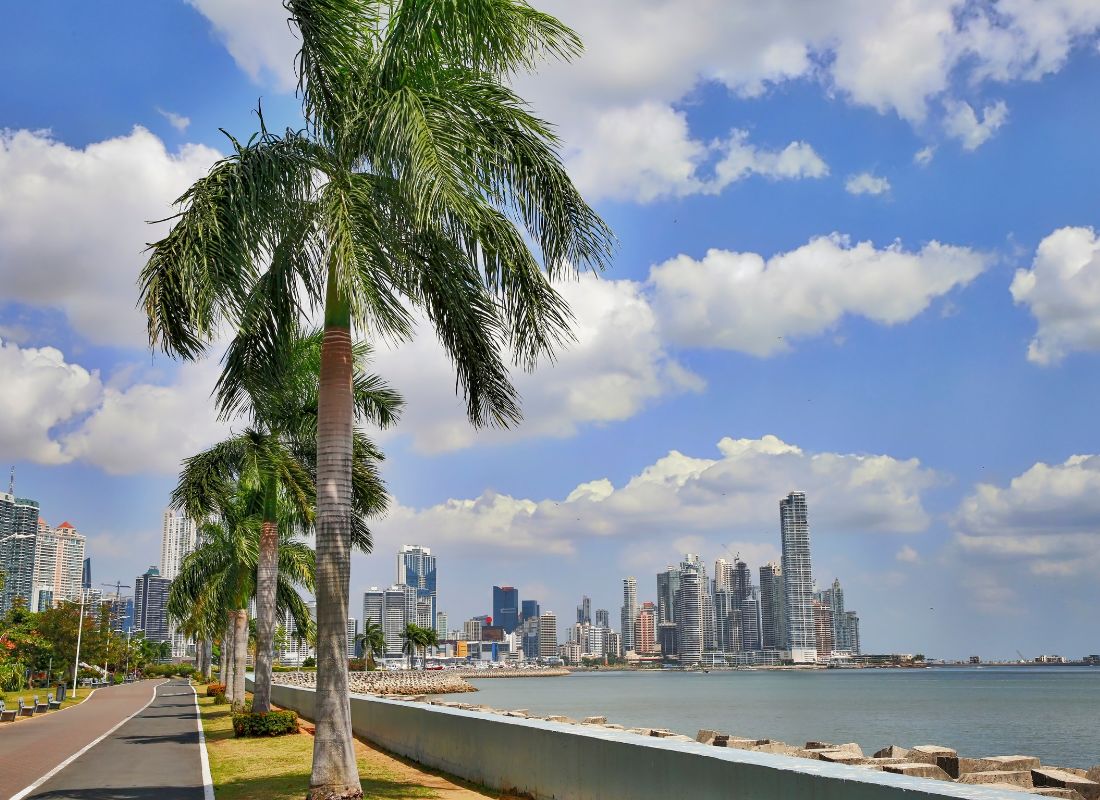
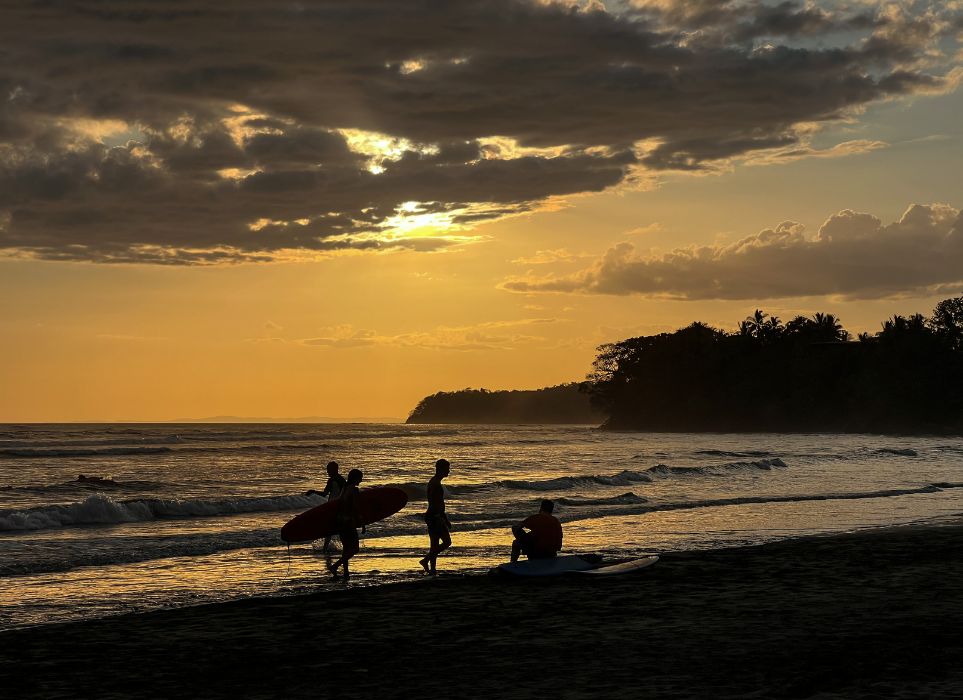
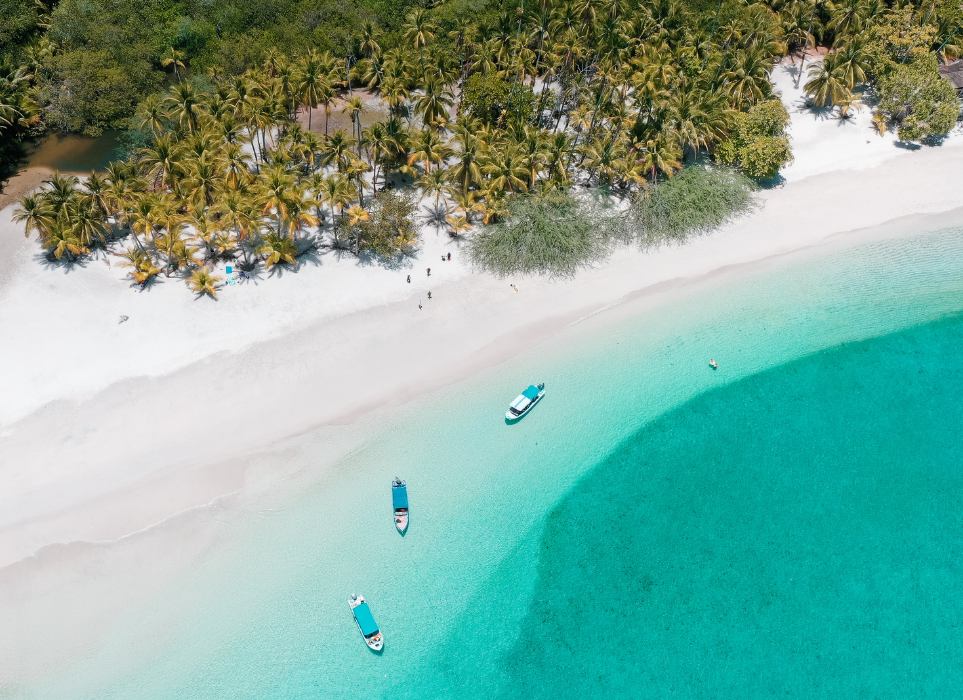
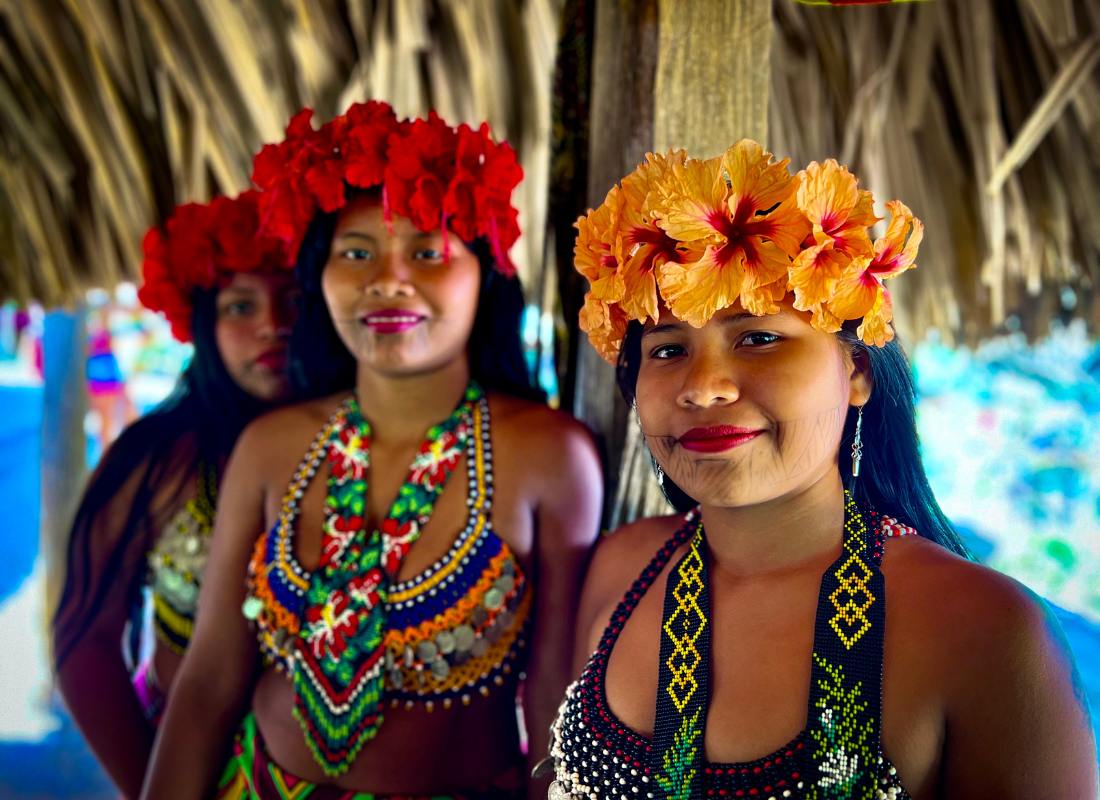
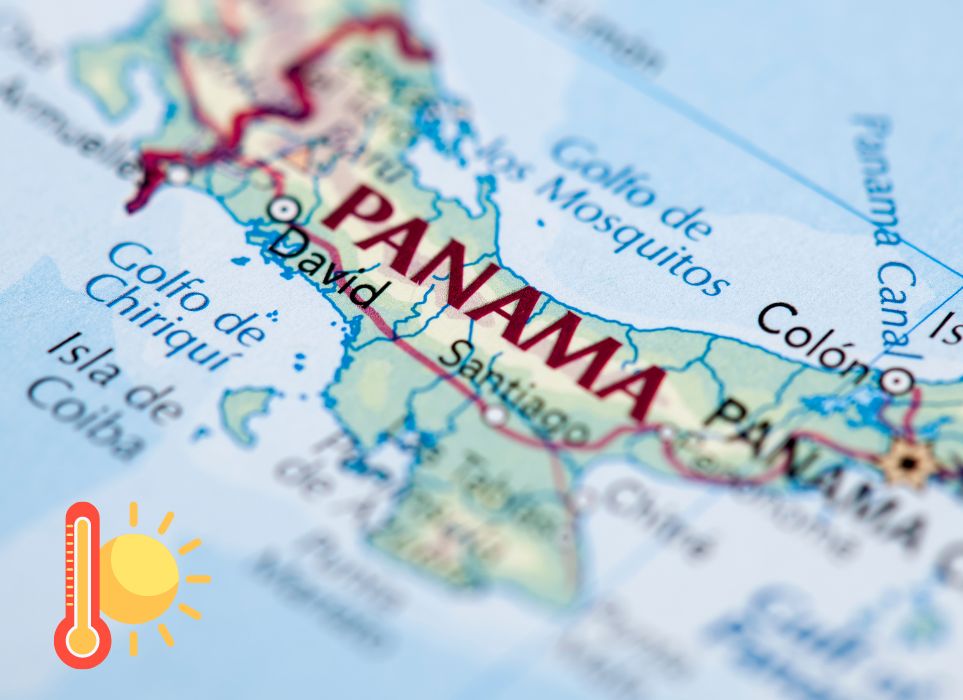
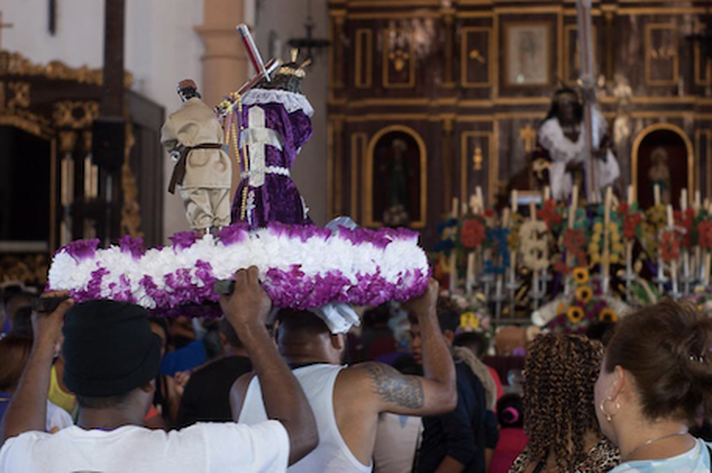
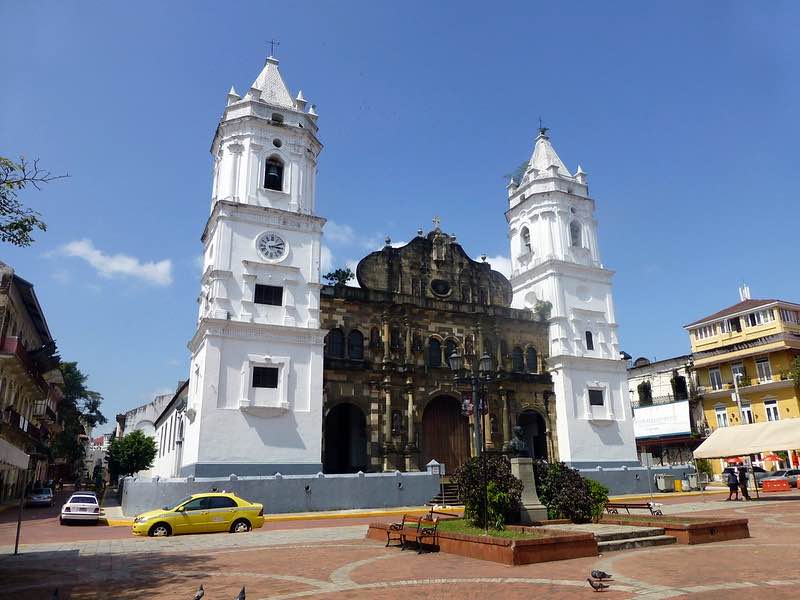
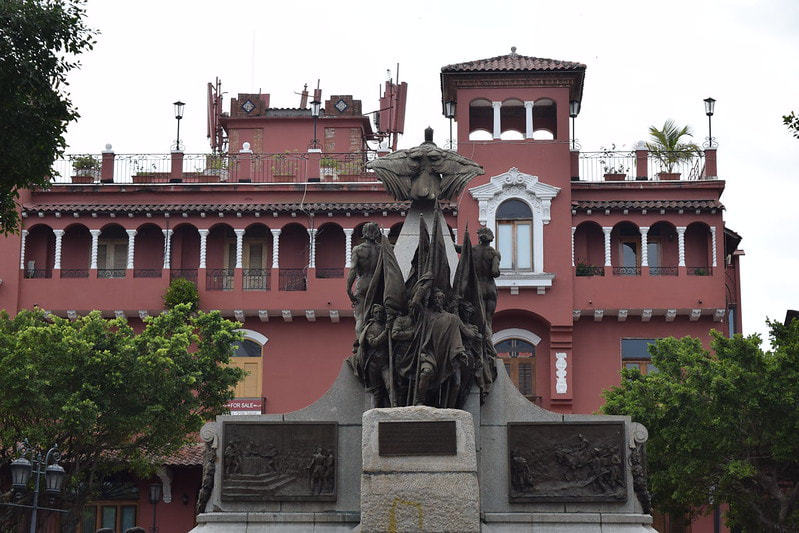
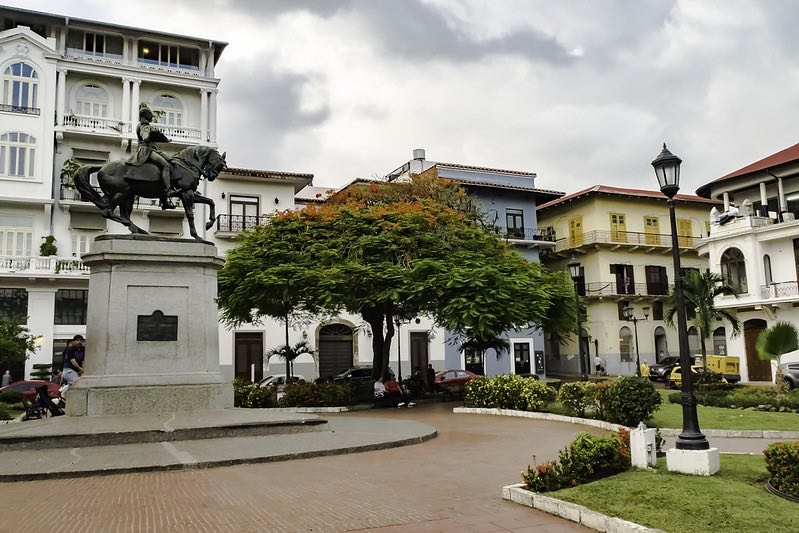
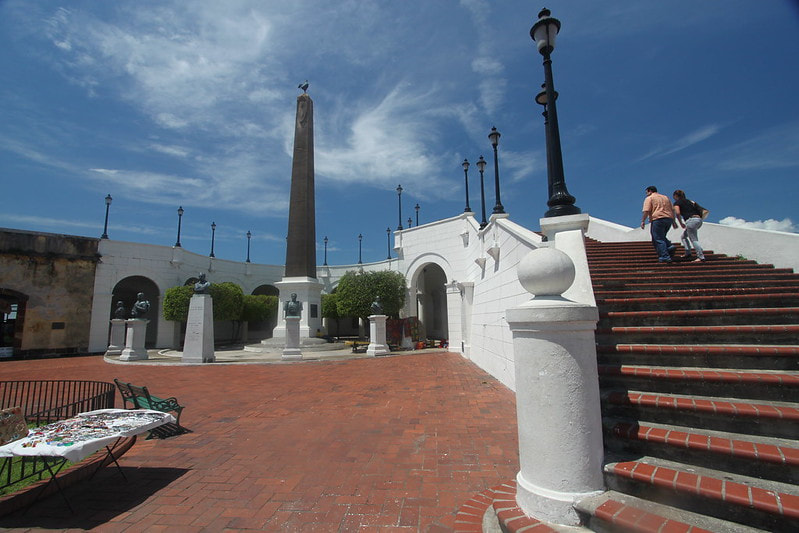
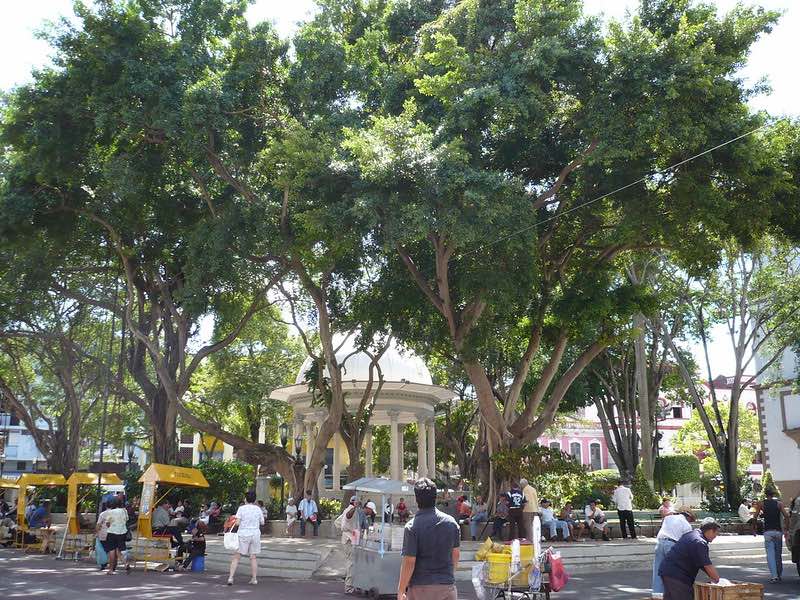
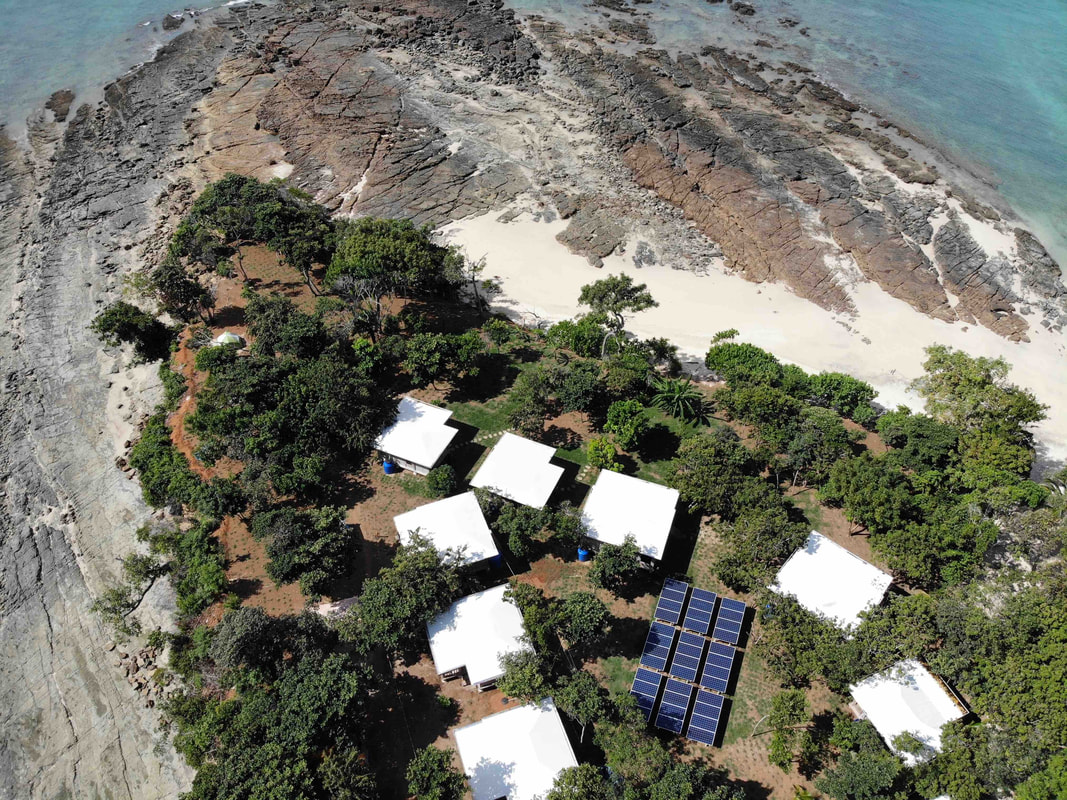
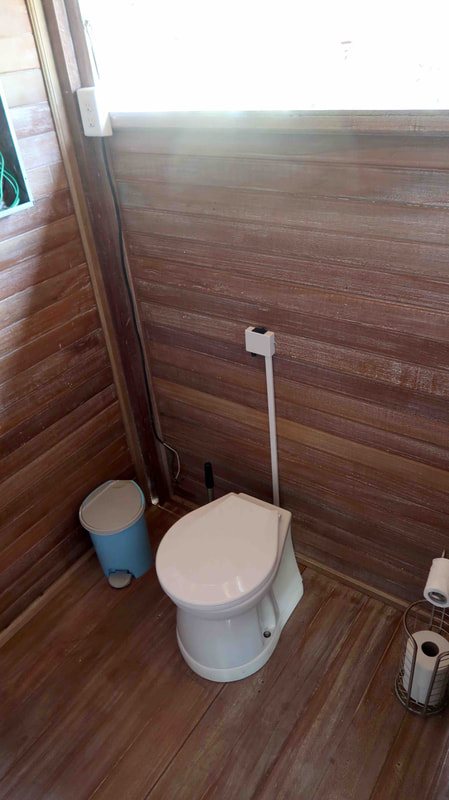
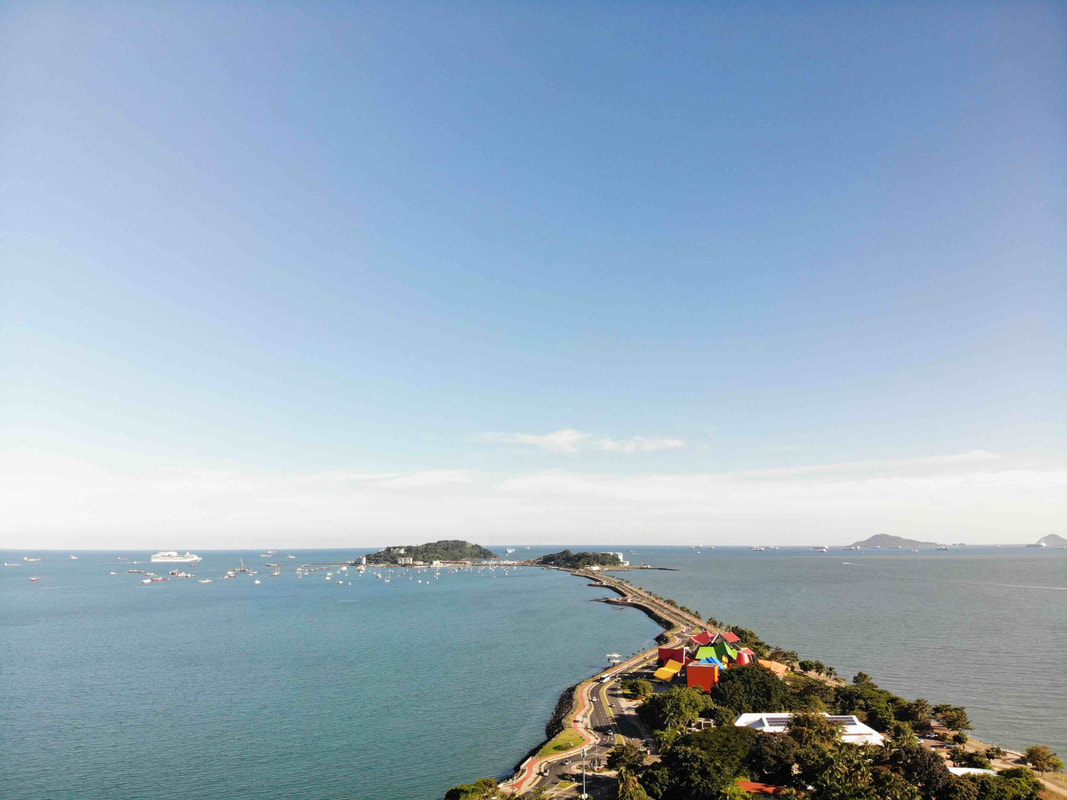
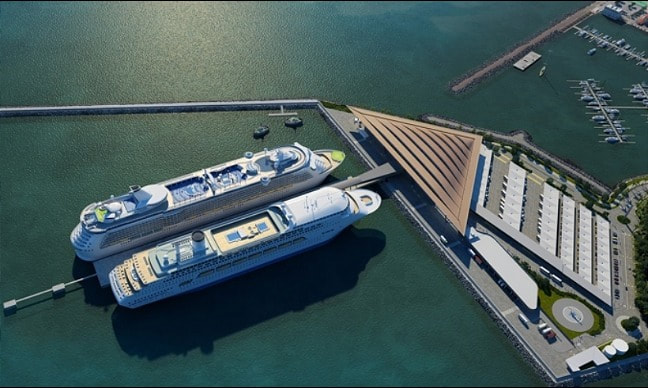
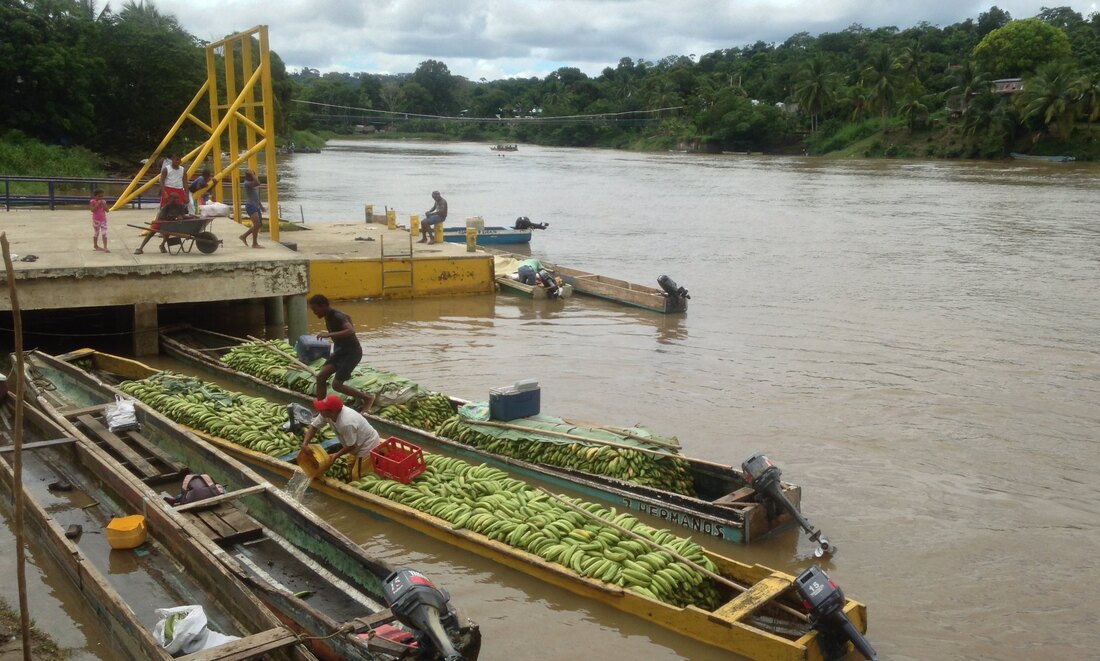
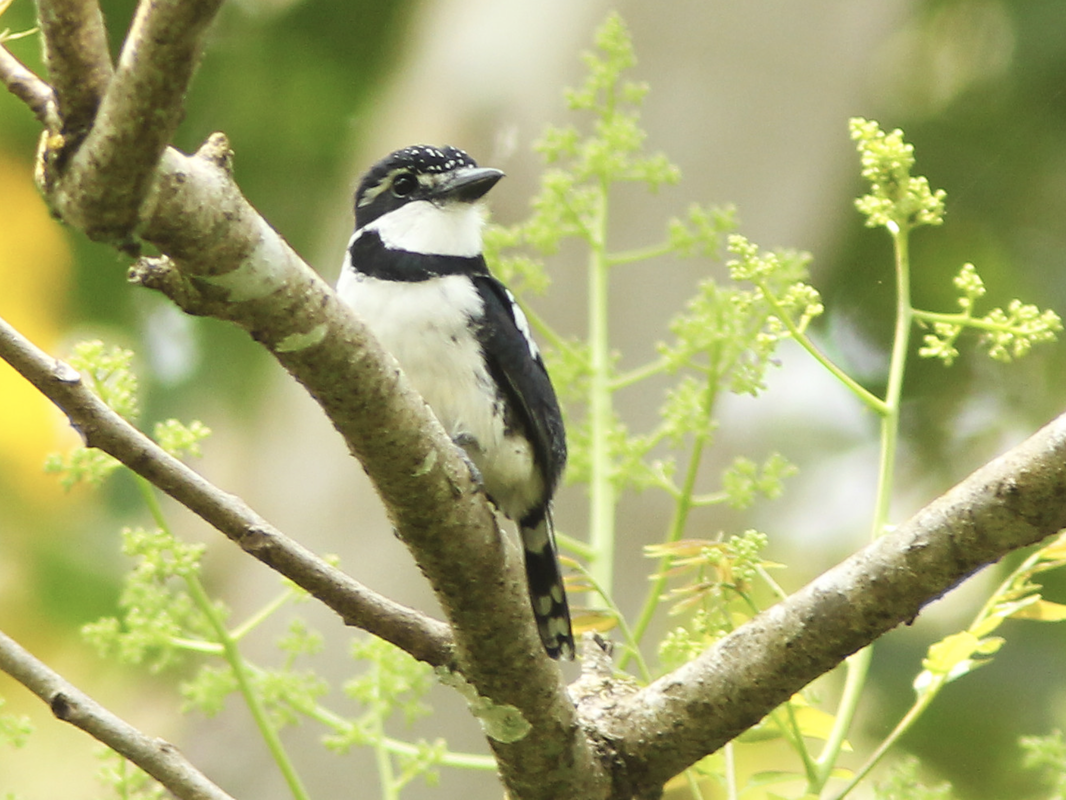
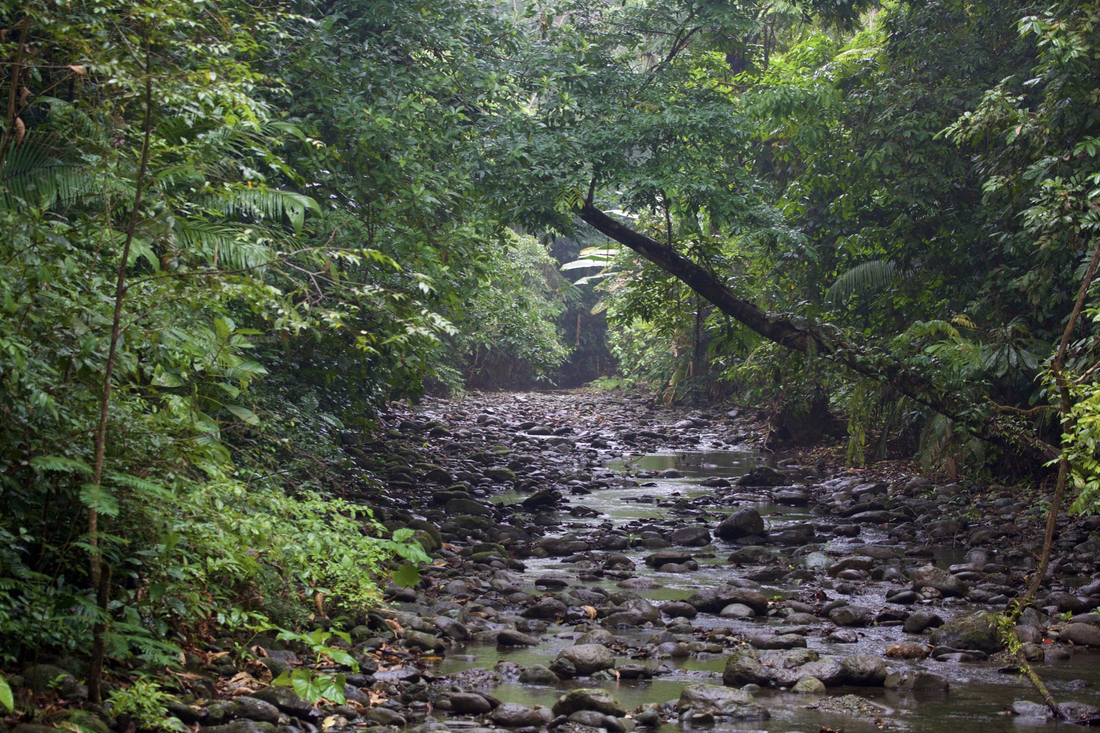
 RSS Feed
RSS Feed








